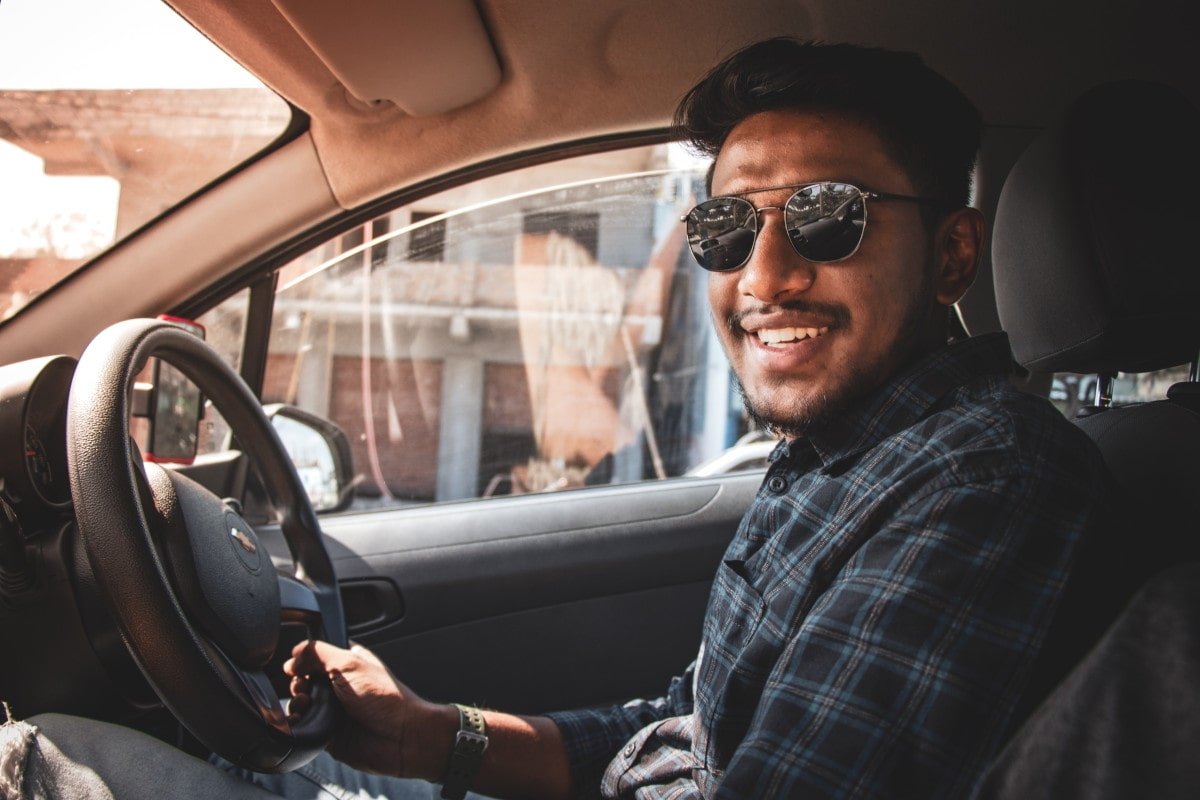Did you know that 74% of Britons have a driving license?
And, across the pond, nearly 90% of American adults hold a driver’s license.
Eager to join their ranks?
If so, you’re probably thrilled at the prospect of getting behind the wheel for the first time.
But — if you’re anything like I was — you’re probably a little nervous too.
It’s understandable! After all, operating an automobile for the first time is a big deal.
Among other things, it’s your responsibility to ensure that you, your passengers, and everyone else on the road stay safe.
So, you may be wondering if there’s anything you should do to prepare for your first time driving?
What tips for first-time drivers can help you to succeed?
We’ll answer these questions and much more, so keep reading below to learn how to nail your first time driving!
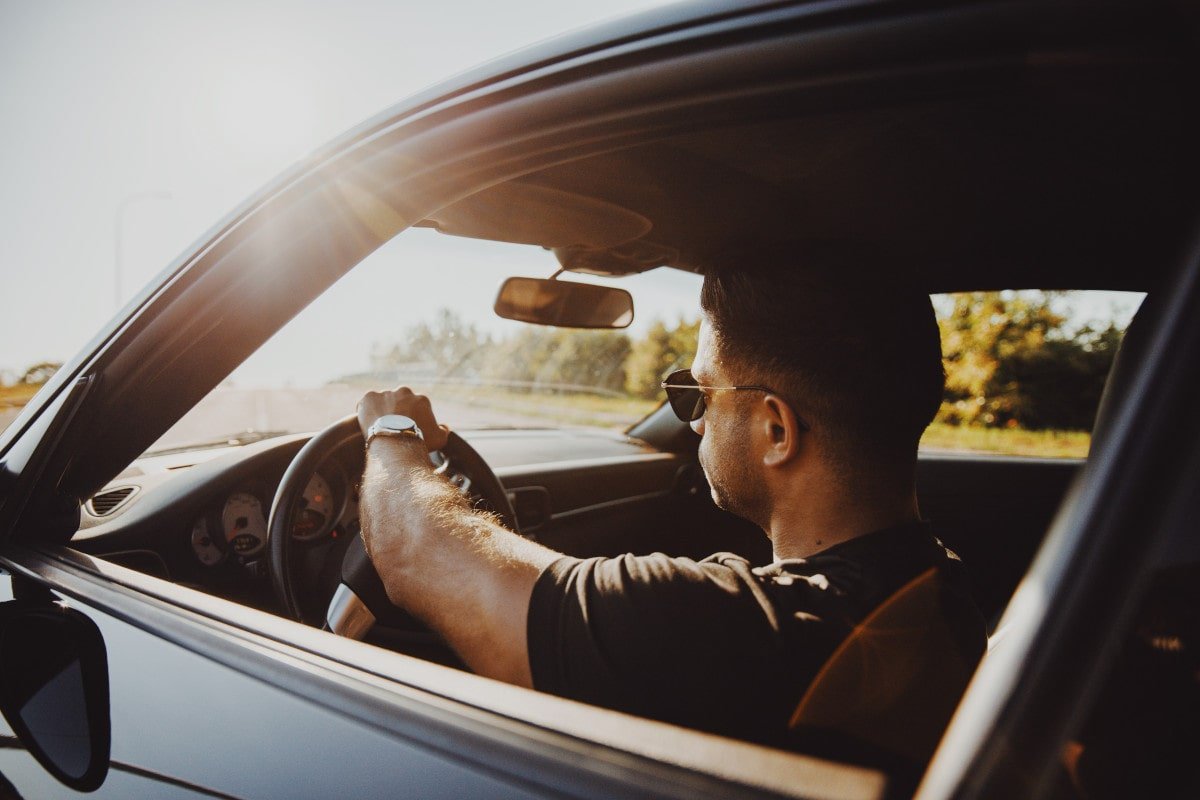 Here we go, then: here’s everything you need to know about driving for the first time!
Here we go, then: here’s everything you need to know about driving for the first time!
Looking for first time driving tips? You might also like these posts:
- 72 Classic Tattoo Meanings
- The Names of Snow White’s Seven Dwarves
- 145 Awesome Ice Breaker Questions for Teenagers
- How Many Weeks Are in a School Year?
- 535 Top Hashtags about Nature
- How to Take Good Feet Photos to Sell Online
- 555 Best Hashtags for TikTok
- 450 Hashtags for Instagram Reels
- 145 Awesome Hashtags about Friends
How to Prepare for Your First Time Driving
Prepping for your first time driving begins long before you slide into the driver’s seat.
The very first thing you need to get is legal permission to learn how to drive.
You can apply for your provisional driving license in the UK when you’re 15 years and 9 months old.
In the US, the age range varies from 14 to 16 years old for a learner’s permit (depending on the state).
Once you have the required documents, it’s time to get ready for your first day behind the wheel.
Here are some expert tips to ensure you’re ready.
1. Get Plenty of Rest
This one may seem like a no-brainer, but it’s arguably the most important item on this list.
A lack of sleep can affect your brain’s ability to learn, reason, and make new memories — three things you definitely need to do while driving.
It also limits your ability to focus, make decisions, and react quickly.
No matter how excited you are, a good night’s rest is vital before your first time driving.
Don’t eat a heavy meal, drink alcohol, or take medications that could make you feel groggy the next day.
Send out your “I’m so excited about tomorrow” messages; then silence your phone and go to sleep!
2. Learn the Typical Layout of a Car
You’ve watched The Fast and the Furious a million times, but how much do you know about the basic features of a vehicle (and where they’re located)?
As you probably know already, every car on the road will have:
- A steering wheel
- An accelerator/acceleration pedal
- A brake pedal
- A gear shifter (in cars with automatic transmission)
- A clutch pedal (only in cars with manual transmission)
- A gearstick (only in cars with manual transmission)
- Rearview mirrors
- Turn signals/indicators
- Headlights, taillights, and interior lights
- A dashboard instrument panel
The pedals and steering wheel will always be in the same locations (relevant to which side of the road you drive on).
However, the other basic features will vary by the car’s age, make, and model.
If you haven’t already, get familiar with the layout of the vehicle you’ll be learning to drive, whether it’s your parents’ car or a driving school vehicle.
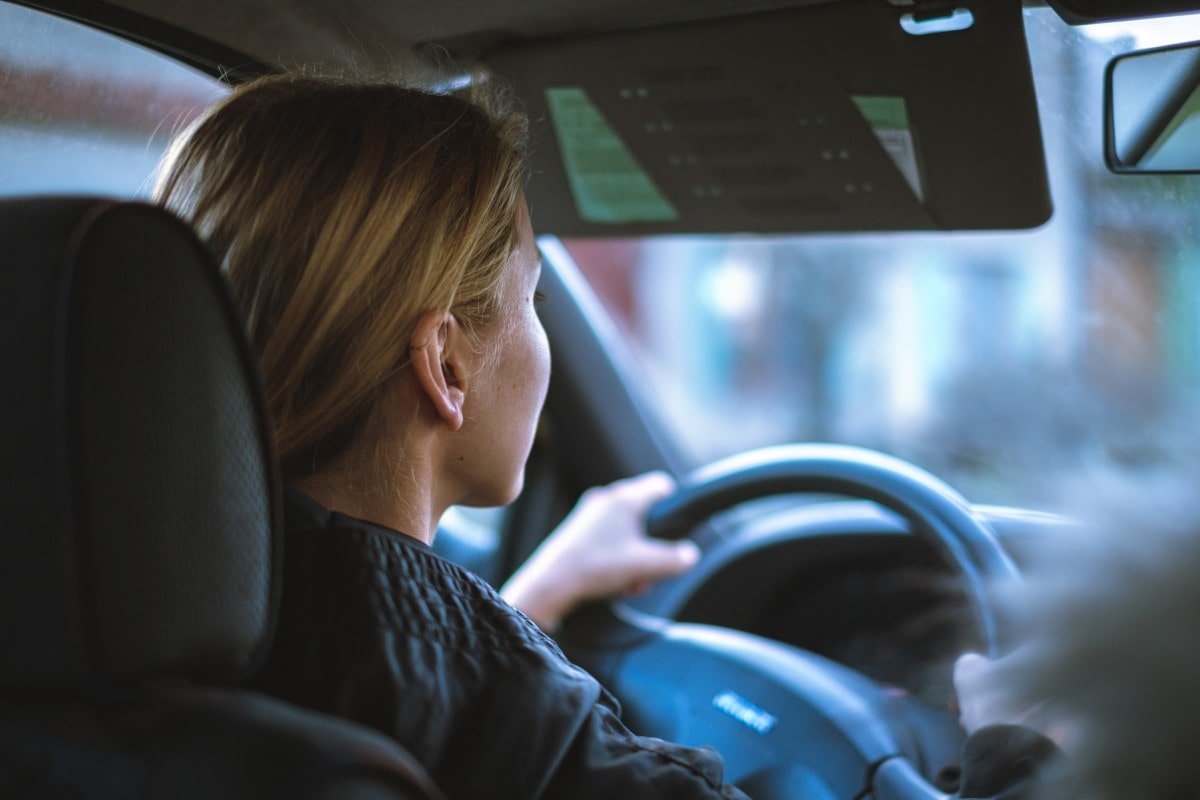 They may seem irrelevant, but the clothes you wear can also make a difference when driving first time!
They may seem irrelevant, but the clothes you wear can also make a difference when driving first time!
3. Wear Appropriate Clothes & Shoes
You don’t want anything on your feet that will affect your ability to move your legs or feel the pedals properly.
Leave your flip-flops, high heels, and platform shoes at home and wear a basic pair of trainers or sneakers for your first driving lesson.
Also, choose clothes that are comfortable and allow you to easily move your arms, legs, torso, and neck.
Bring a few layers in case you feel chilled or (more likely) need to remove a layer because of some nervous sweat.
Bonus tip:
Don’t forget your prescription glasses or contacts, if you wear them!
A pair of sunglasses is essential too, especially if you’re driving in a bright area.
4. Eliminate Distractions
You’ll need 100% of your brainpower to focus for your first time driving.
Plan ahead to address or avoid anything that could distract you from your ability to learn.
Even if you feel quite nervous, be sure to eat something before you try driving.
Drink plenty of water or, better yet, bring a bottle with you to ensure you stay hydrated.
Silence your cell phone and put it somewhere out of reach so you’re not tempted to check it (or take a selfie) while you’re driving.
Skip the background music too so you hear what’s happening around you and can focus fully on what your instructor is telling you.
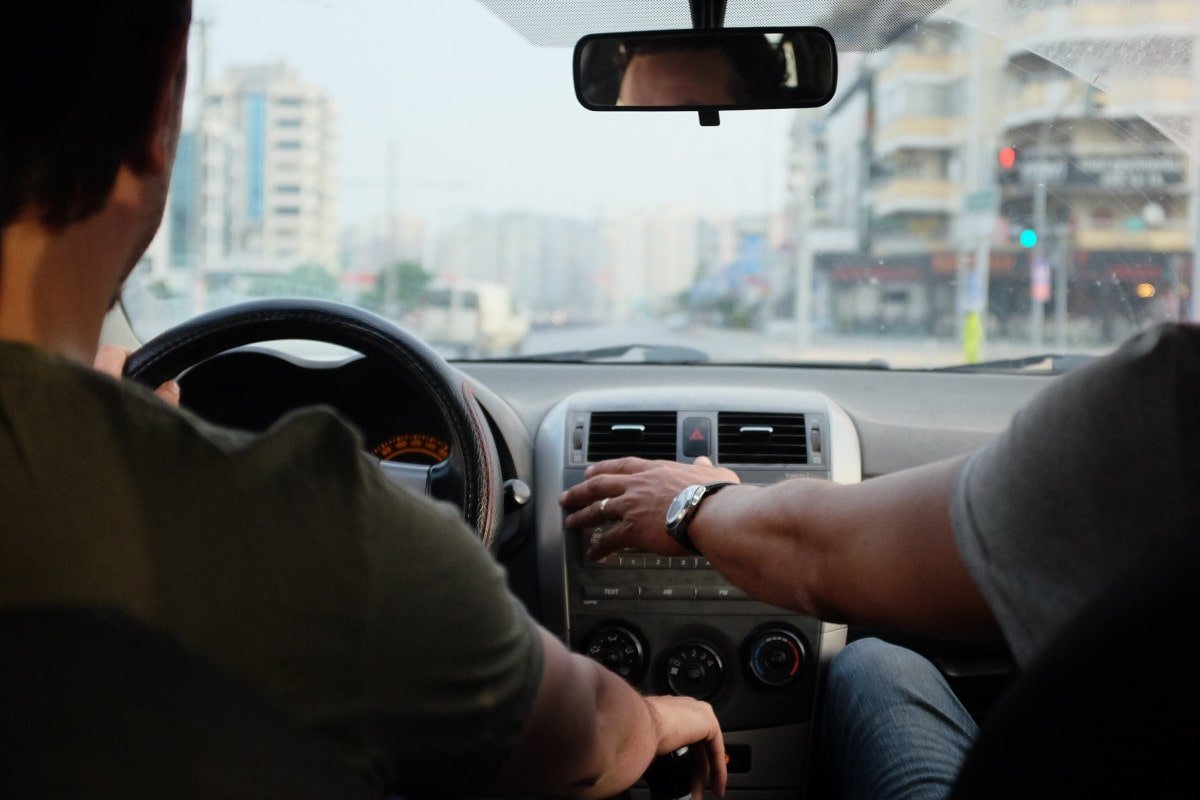 In the following section, I’ll run through some key first time driving tips and considerations.
In the following section, I’ll run through some key first time driving tips and considerations.
Important Considerations for First-Time Drivers
Now that you’re ready for the big day, let’s briefly review five important considerations for learning to drive:
Who, what, where, when, and how to practice.
Who to Learn From
In the UK and the US, it’s recommended (but not mandatory) to take driving lessons with a professional instructor.
If you live elsewhere, check the local laws in your area to see who can legally teach you to drive.
If you’re relying on a family member or friend to teach you, they must be at least 21 years old and qualified to drive the type of vehicle you’re learning in (i.e., they have a manual car license if they’re supervising you in a manual car).
You’ll learn best from someone with many years of driving experience, so it may be best to choose a parent, older family member, or mature friend to show you the ropes.
That way, if something unexpected happens, they’ll know exactly what to do.
What to Practice
Your first driving lesson is all about getting a feel for how the vehicle moves.
You’ll need to learn how firmly or gently to press the pedals and how quickly or slowly to turn the steering wheel.
If you’re driving a manual, you’ll also need to get a feel for when and how to shift gears using the clutch and gearstick.
Focus on accelerating and coming to a stop without jerking the vehicle (or stalling).
Practice coming to a smooth, complete stop and then accelerating to maintain a slow, constant speed.
Once you’ve got that down, you’ll want to practice pulling in and out of parking spaces from different directions and under different circumstances.
Where to Practice
An empty parking lot or with few barriers is the ideal place to begin your driving journey.
Once you feel comfortable practising there, you could move to an industrial area (after-hours or at night).
Choose one that offers a variety of driving situations — railroad tracks, roundabouts, four-way stops, and other scenarios you’ll face on a daily basis.
From there, you can move on to quiet backroads or low-traffic residential areas.
Start during the day so you can clearly see pedestrians, animals, or potential obstacles.
Make sure your instructor’s familiar with the neighbourhood so you don’t accidentally get lost!
Important note:
In the UK, learner drivers are not permitted on motorways unless they’re with an approved professional instructor.
 Knowing when to practice is key when driving for the first time.
Knowing when to practice is key when driving for the first time.
When to Practice
A good driver is one that can control their vehicle in all types of lighting and weather conditions.
Pick a bright, sunny day for your first few driving lessons.
Once you’re feeling more confident, you’ll want to move on to a variety of conditions — twilight, nighttime, rain, fog, snow, ice, etc.
Also, pick off-peak times to practice.
Avoid rush hour, busy intersections, and times when students are travelling to and from school.
How to Practice
For your first few lessons, you’ll want as few distractions as possible.
Your main goal is to learn to pay attention to everything that’s happening outside the car.
Once you’re used to identifying sounds and events occurring around you with minimal distractions, it’s time to up the ante.
Invite other family members or friends to sit in the backseat during your driving lesson.
Turn on some background music, a podcast, or a radio talk show.
Practice maintaining your focus on the road despite any conversations or activities going on in the vehicle.
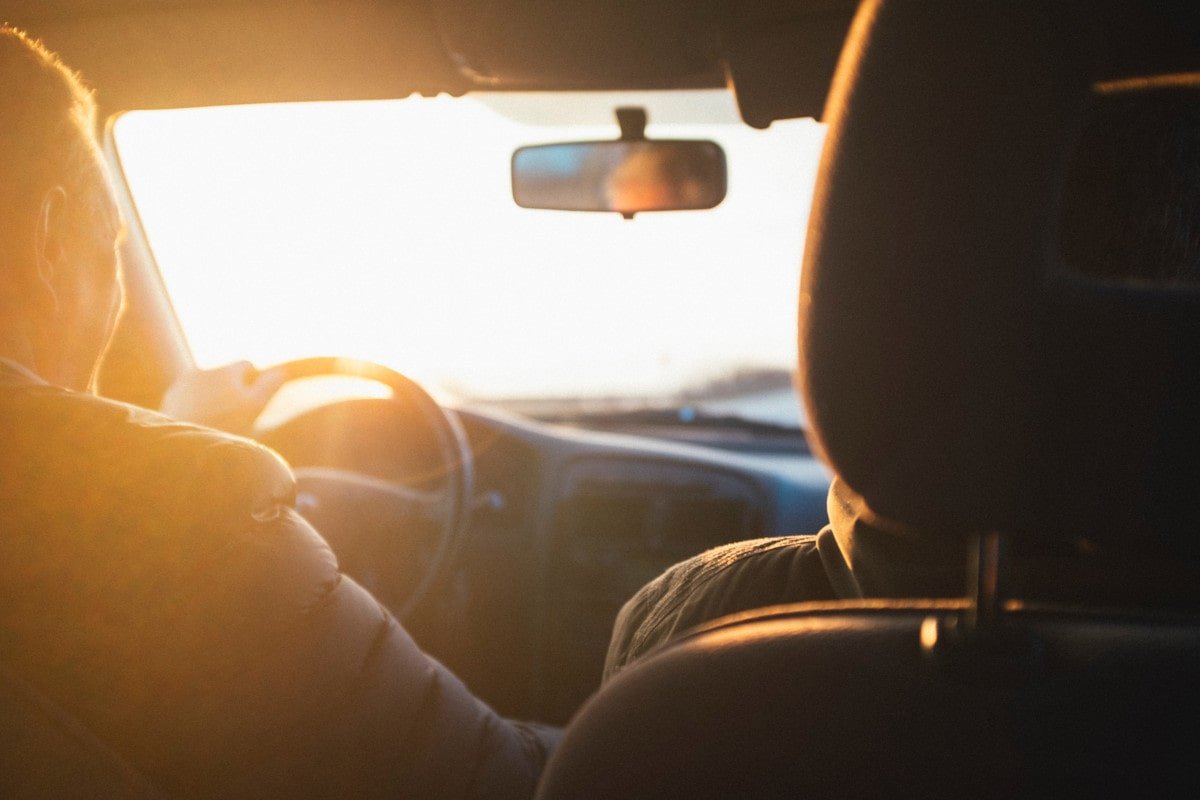 Next up: some top tips for anyone to keep in mind when driving for the first time…
Next up: some top tips for anyone to keep in mind when driving for the first time…
Essential First-Time Driving Tips
Now that you’ve done all your planning and preparation, it’s time for the main event — your first time driving!
Here are some first-time driver tips to ensure you have a safe and enjoyable experience.
1. Make Yourself Comfortable
Before you turn on the engine and get moving, you need to make sure you’re properly positioned in the car seat.
Every driver has a different height and build, so you’ll need to set up the car for your unique needs.
First, adjust your seat so that you can sit up straight and push the pedals to the ground without having to shift your body.
Your heel should rest comfortably on the floorboards and you should only use the ball of your foot to press the pedal.
Next, adjust your mirrors to an angle that allows you to see as much of your surroundings as possible.
You should be able to see the entire scene through your rearview window and just a tiny portion of your car in the exterior side mirrors.
2. Take a Deep Breath
It’s natural to feel nervous, but you can’t let your nerves get the best of you.
Remember, you have a trusted parent, friend, or instructor by your side — they won’t ask you to do anything beyond your abilities.
Try not to overthink the situation.
Yes, there are a lot of little rules to remember and factors to consider.
But the most important thing to do right now is clear your mind and concentrate so you can start learning!
3. Brake & Accelerate Gently
From a complete stop, ease your foot off the brake and let your car naturally roll forward.
Gently press the gas pedal to make the car go faster, and don’t worry if you lurch a few times — it happens to all of us!
Be just as gentle with the brakes when it’s time to slow down.
Look ahead to the stop sign, traffic signal, or bend in the road.
Start applying light pressure to the brakes well ahead of the location where you actually need to stop moving.
 Wondering how to stay safe on your first time driving solo? The 2-second rule is sure to help…
Wondering how to stay safe on your first time driving solo? The 2-second rule is sure to help…
4. Follow the Two-Second Rule
As a new driver, your reflexes and reaction times aren’t quite as attuned as they need to be (yet).
To maintain a safe distance from the vehicle in front of you, always follow the two-second rule.
Choose an obvious road marking or object, such as a tree or a signpost.
When the rear of the car ahead of you passes the marker, count to two seconds.
If you reach the marker before then, you’re following too closely and need to increase the space between you.
The “2-second rule” applies at any speed, fast or slow.
In wet weather or poor visibility, it’s always best to put even more space (4+ seconds) between you and others on the road.
5. Be a Good Communicator
You may know where you’re headed, but the drivers beside and behind you don’t.
From day one, get into the habit of using your indicator every time you intend to change lanes or make a turn.
Never make any erratic movements, such as slamming on your brakes or swerving into another lane.
If you realise you’re going to miss an exit, for example, it’s much better (and safer) to continue to the next exit and turn around.
Finally, remember that communication goes both ways.
Watch out for other drivers’ brake lights, turn signals, or lack thereof.
Never ignore a traffic signal, road sign, or pavement marking — remember, they’re there for a reason!
The Best “Driving for the First Time” Tips
It’s intimidating the first time you slide into the driver’s seat of a vehicle.
You may worry that you’ll make a major mistake or you’ll never remember all the rules of the road.
These feelings are normal — every new driver has been there!
Use the first-time driving tips above to prepare for this important rite of passage.
Rest assured that with enough studying, practice, and patience, you’ll nail not only your first time driving but your driving test as well.
Now that you’re on your way to becoming a proudly licensed driver, what happens next?
Driving is an important part of the road to success, but there’s so much more to learn.
Keep browsing this site for more terrific lifestyle advice.

